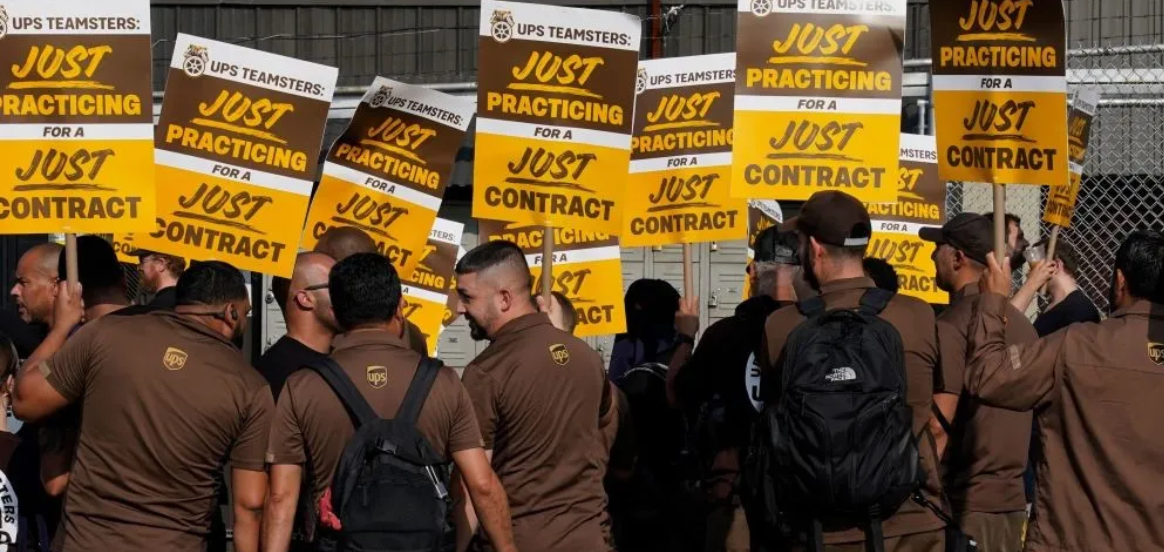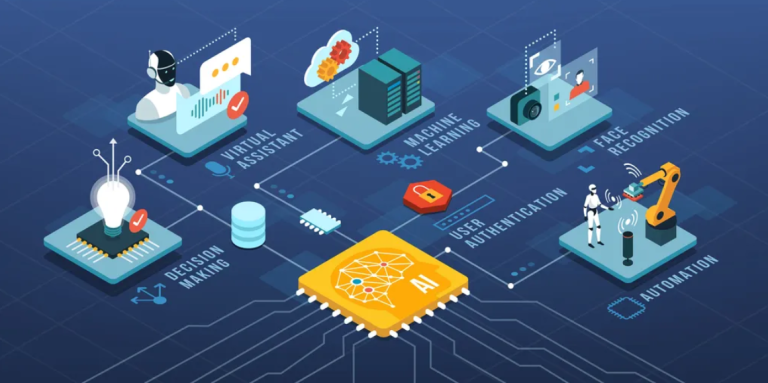Introduction: Labor Struggles in the UPS and UAW
The recent labor disputes between the United Parcel Service (UPS) and the United Auto Workers (UAW) have drawn significant attention. Wage-related conflicts in these industries are complex, and this article explores the key dynamics of these disputes as reported in Kiplinger Economic Forecasts.
- Background of UPS
UPS, a global package delivery and supply chain management company, plays a pivotal role in the economy. Its network, consisting of over 500,000 employees, ensures goods are delivered to homes and businesses alike.
- The Role of UAW
The United Auto Workers represents the interests of workers in various industries, including those in the auto and logistics sectors. While traditionally associated with the auto industry, UAW has expanded its influence to encompass logistics companies like UPS.
- Wage Disputes in the Logistics Sector
Wage-related disputes are at the heart of the conflict between UPS and UAW. Workers have voiced concerns over compensation and benefits, citing the rising cost of living and increased job demands.
- Pandemic-Induced Labor Pressures
The COVID-19 pandemic has led to increased reliance on logistics and delivery services. With surges in e-commerce and package volumes, UPS workers found themselves under more significant pressure, sparking demands for higher wages.
- The Impact of Rising Inflation
Inflation concerns have exacerbated the wage disputes. Workers argue that wage increases must outpace inflation to maintain their standard of living.
- The Importance of Negotiations
Effective negotiations between UPS and UAW are essential to finding common ground and preventing further disruptions in the supply chain.
- Repercussions on Businesses
UPS is a critical component of many businesses’ supply chains. Any interruptions in its services can have significant repercussions on various industries.
- The Role of Automation
The role of automation in the logistics sector is another key aspect of the dispute. Workers express concerns about potential job losses due to increased automation.
- Labor Strikes and Their Impact
Strikes, work stoppages, and slowdowns have been strategies employed by workers to push for their demands. These actions have led to delays in package deliveries and supply chain disruptions.
- Resolutions and the Way Forward
The UPS and UAW labor disputes highlight the complex interplay between labor, business, and the broader economy. As negotiations continue, achieving resolutions that satisfy the demands of workers while ensuring the smooth operation of UPS is crucial.
Conclusion: Balancing Labor Demands and Economic Stability
The UPS and UAW labor disputes underscore the delicate balance between the demands of the labor force and the economic stability of the logistics industry. As these battles play out, finding compromises that address workers’ concerns and maintain the flow of goods will be critical for all parties involved and for the broader economy.



























